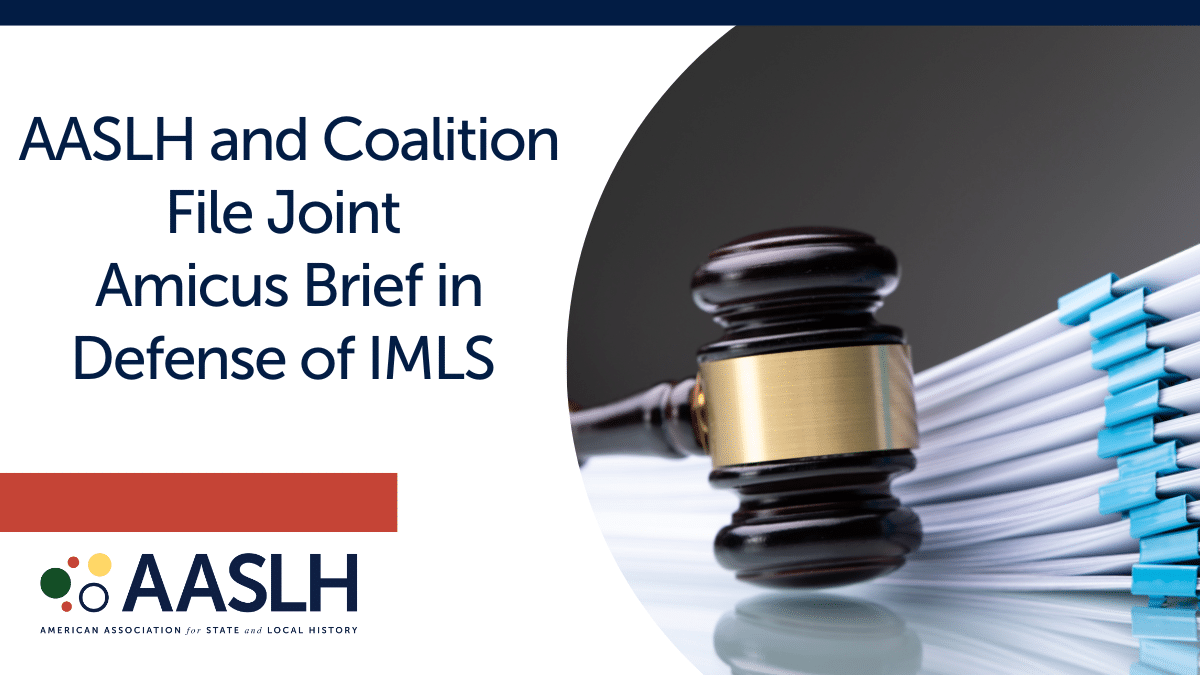
By Daniel Ronan, Resilient Heritage
The effects of COVID-19 have brought significant impacts to many history museums and cultural institutions. With most organizations experiencing payroll cuts, loss in grants and earned revenue, and outright closure, now is a critical time to consider the present circumstances of museum and culture institutions with an eye towards the future. In short, strategic thinking at this time should be welcome and is very much needed during this crisis—and a strategic planning process could be just what your organization needs.
SeaChange, a nonprofit promoting common practices in the nonprofit sector through grants, loans, and consulting, has recently published a decision-making framework for nonprofit leaders and boards in these difficult times. According to SeaChange, its “Tough Times Call for Tough Action” report stresses the need for self-assessment at this crossroads. The following are some key takeaways from the report with additional commentary:
- Refocus on the mission. What should your organization look like during this crisis? How about after? Being clear on your organization’s mission will help your decision-making during this crisis, but also may need to be adjusted given your circumstances. What direction is your organization taking? What direction should your organization take? These questions should feature prominently in conversations between organizational leadership and the board, also helping inform whether temporary changes at your organization impact the broader vision of its work.
- Understand your type of organization. As SeaChange defines it, your organization is a hibernator, a responder, or a hybrid, a shorthand for describing how nonprofits naturally respond to the crisis as a course of its normal operations. The exercise of determining how your organization operates during a crisis—whether by shutting down, increasing its operations and operational expenses, or a mixture of the two—will lead your organization to its natural point of decision-making. By now, especially with physical distancing, most organizations will have already established their general response to the pandemic, but broader reflection on how and whether your organization can operate in the long-term is needed. Whether an organization is operating as a hibernator or as a hybrid could mean the difference between keeping a nonprofit solvent or closing its doors for good.
- Conserve cash. Regardless of your organization’s type, museum and cultural institutions are pushed to conserve cash. Zero-based budgeting, which can help your organization concentrate on its mission while targeting reduced expenditures, is a common strategy. Exploring new fundraising opportunities, while potentially tight in times of crisis, could offer new insights on how a revised mission could help, or even embolden, the work your organization does while appealing to a broader funding base.
As Winston Churchill said, “never let a good crisis go to waste.” Setting aside the implications of “good” in this case, as COVID-19 is obviously a global tragedy, this time period can be one of deep organizational self-assessment and renewal.

The board of the Niagara Falls National Heritage Area participates in a mission and visioning session led by Resilient Heritage, a part of its strategic planning process. Photo: Resilient Heritage
Typically called “strategic” or “organizational planning,” strategic planning is a tried-and-true method of assessing the resources, structures, and stakeholders of your organization in an attempt to plan for your organization over the next three to five or even ten years. While producing a 10-year plan in the middle of a crisis seem unreasonable, many economists predict that the current crisis may take at least 2-3 years of recovery. What might be a quiet time for your organization with staff layoffs, mothballing operations and facilities, and stabilizing assets, could be the needed opportunity to engage in a more thoughtful strategic planning exercise. Whether between leadership and the board, or with the assistance of an outside consultant—who may bring a fresh perspective to your organization—strategic planning does not have to wait until “the right moment” or even the conclusion of your previous strategic plan, given today’s realities.
As Churchill said, don’t waste the crisis. Indeed, see if your organization can step into the crisis with a savvy outlook on the future, one that mitigates risks while remaining optimistic.
Tackling the questions of mission, vision, and impact can be difficult in these unprecedented times, but an understanding of how financial and planning actions taken now may stave off this crisis’s worse impacts commands our attention. As such, a strategic approach to management and governance—whether one shifts the course on mission, contemplates an institutional merger, or a new form of operating—is made all the more timely. Considering strategic planning as a conduit for making shorter-term decisions with longer-term impact may not be what museums and culture institutions bargained for, but it is certainly an opportunity worth examining.
Daniel Ronan is the Principal of Resilient Heritage, an arts, culture, and heritage firm devoted to strategic and organizational planning, fundraising, and public engagement.
For more in depth analysis of the SeaChange report, click here.
How is your institution coping with COVID-19? Share your ideas and experiments with the field on our blog. Email [email protected] to submit a blog post.



